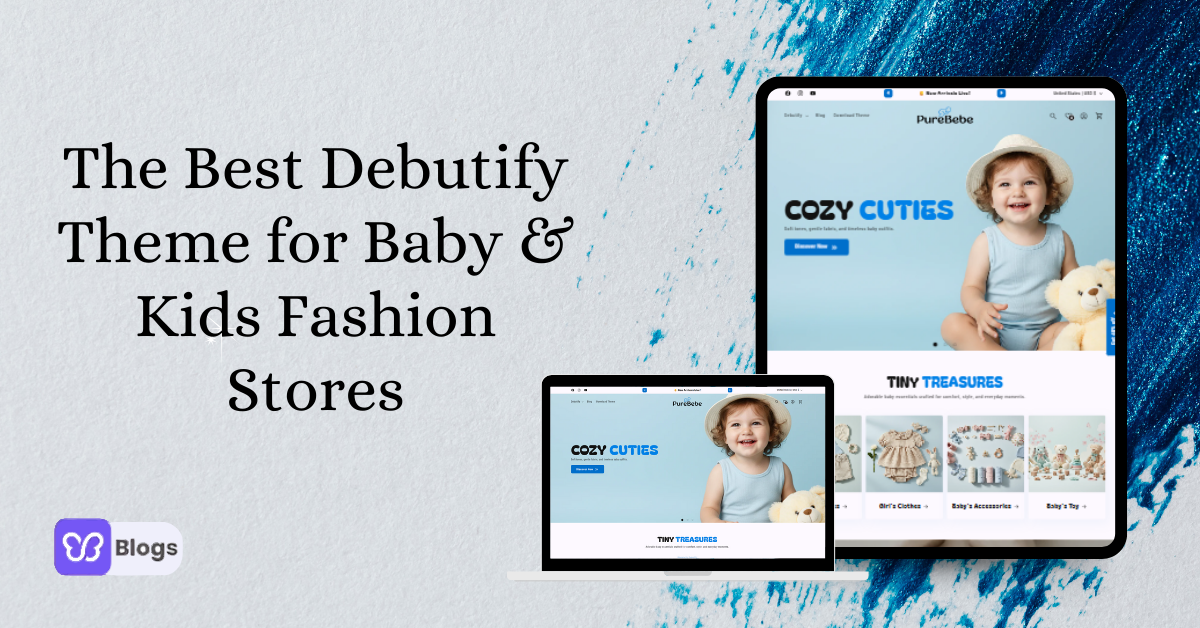When was the last time you browsed an online store and found exactly what you were looking for in seconds? Maybe you didn't realize it, but that effortless experience was probably thanks to a well-designed Product Listing Page (PLP).
This one page can make or break your store's success. But what is a PLP in eCommerce, and why does it matter?
In this article, we'll explore the PLP eCommerce meaning, its benefits, and best practices. By the end, you'll not only understand what makes a great PLP but also how to implement best practices that will set your eCommerce business apart.







